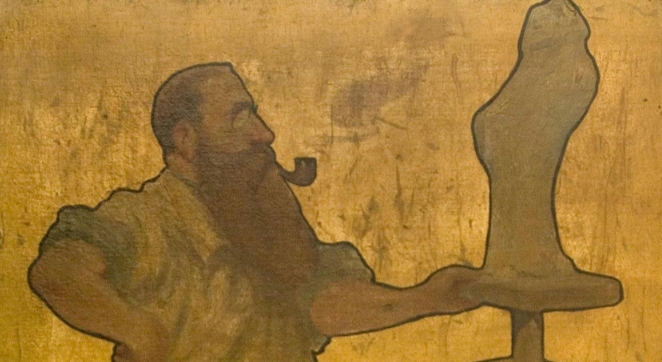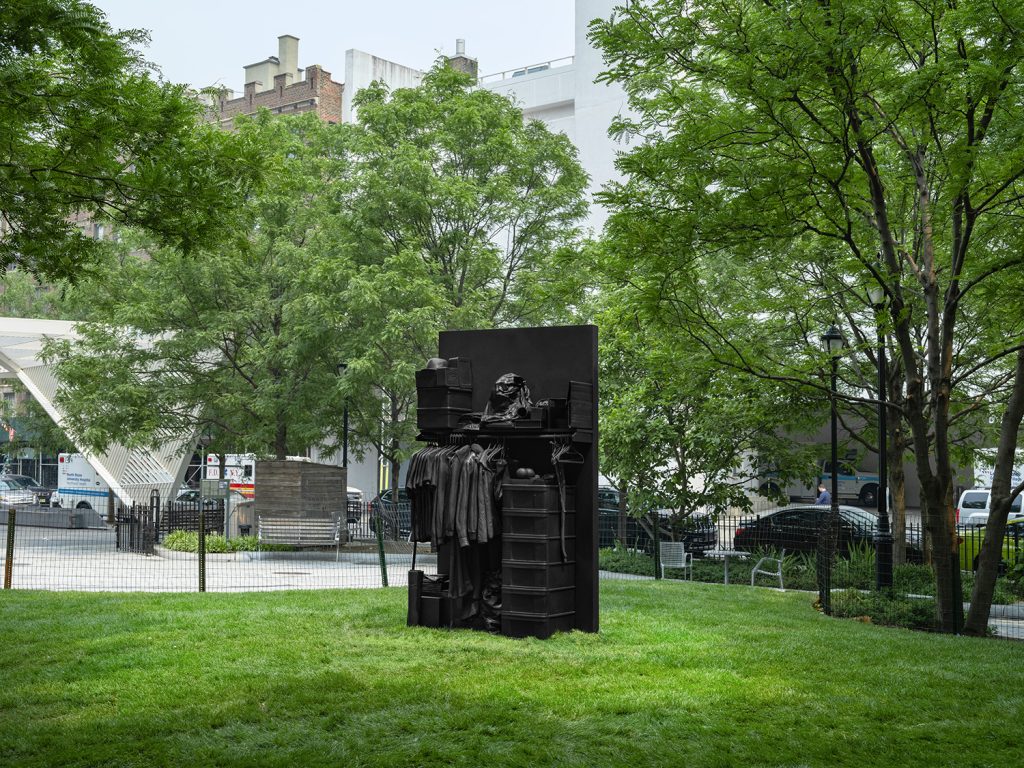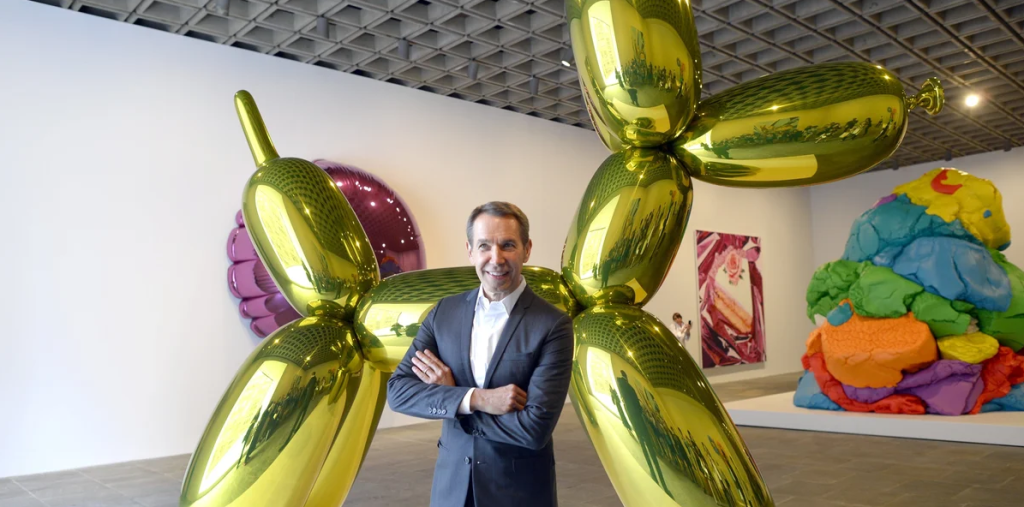Exploring the Brush: The Lesser-Known Paintings of Auguste Rodin
While Auguste Rodin is celebrated primarily for his stunning sculptures like “The Thinker” and “The Kiss,” his exploration of painting often remains in the shadows. This article delves into Rodin’s lesser-known artistic pursuits, offering a fresh perspective on the versatility of this iconic artist. Understanding his paintings can enrich appreciation for his overall body of work and the evolution of his artistic expression.
The Intersection of Sculpture and Painting
Rodin viewed painting as an extension of his sculptural practice. He often utilized it to explore themes and ideas that would later manifest in his three-dimensional works. His paintings convey the same intensity of emotion and movement as his sculptures, portraying human figures in dynamic poses. This interplay allowed Rodin to examine light, shadow, and texture in new ways, which ultimately enhanced his sculptural techniques. Exploring his painting reveals the fundamental concepts that informed his sculptures and highlights his artistic evolution.
Rodin’s Artistic Techniques
Rodin’s painting methods were intriguing and unconventional. He often used a number of mediums, including oils and pastels, layering colors to create depth and vibrancy. One notable technique was his use of quick, spontaneous brushstrokes; these were reminiscent of the way he sculpted by capturing the immediacy of the human form. Rodin’s paintings often feature a sense of urgency, imbuing even the quietest scenes with energy. This distinctive approach sets his paintings apart from his contemporaries, allowing viewers a unique glimpse into his artistic mind.
The Themes That Define Rodin’s Paintings
Much like his sculptures, Rodin’s paintings grapple with profound themes, including love, despair, and the transience of life. His subjects often feature isolated figures expressing deep emotional states, reflecting his fascination with the human condition. Noteworthy is his series of studies on the “Burghers of Calais,” where he delved into the themes of sacrifice and heroism. These artworks serve as a testament to Rodin’s ability to convey complex emotional narratives, allowing viewers to engage with the artwork on a personal level.
In conclusion, exploring the lesser-known paintings of Auguste Rodin offers valuable insights into the heart of an artist whose impact extends beyond sculpture. By examining his unique techniques and thematic concerns, we deepen our understanding of his creative journey. Take the time to appreciate Rodin’s paintings, as they undoubtedly enrich the legacy of one of history’s most influential artists. Dive into his world, and you might find a new favorite piece that speaks to you.


